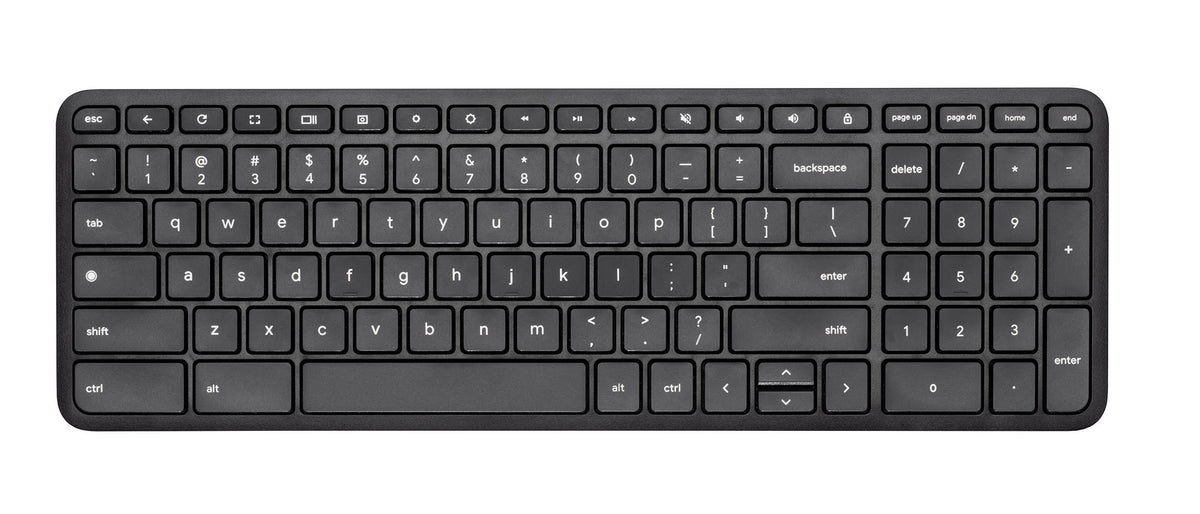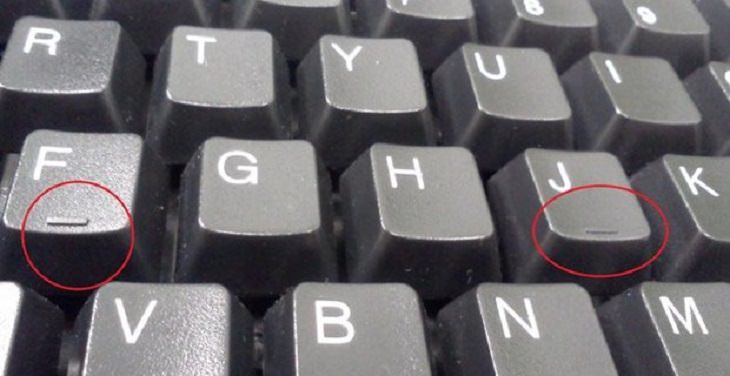Ever noticed the tiny bumps on the F and J keys of your keyboard? They're not there by accident. These small lines help your fingers find the correct position without needing to look. When typing, your index fingers rest on the F and J keys.
This is called the "home row" position. From here, your fingers can easily reach other keys. These bumps are a simple but clever design feature that improves typing speed and accuracy.
In this article, we'll take a look at the science behind these bumps. We'll explore how they help with touch typing. We'll also learn who came up with this clever idea and why it matters.
Why Is There A Raised Line On The F And J On A Keyboard?

The small bumps on the F and J keys are a fundamental design feature for touch typing. They serve as tactile guides, allowing you to find the "home row" without having to look down at the keyboard.
The home row is the central row of keys where your fingers rest in the default position: A, S, D, F for your left hand and J, K, L, ; for your right.
The bumps on the F and J keys act as anchor points for your index fingers. By feeling for these bumps, your fingers can quickly and accurately return to the correct position after reaching for other keys.
This simple yet effective design is essential for developing muscle memory and increasing typing speed and accuracy.
It enables typists to focus on the screen rather than the keyboard, making the typing process more fluid and efficient. The bumps help you maintain proper hand placement, which is crucial for mastering touch typing.
Who Invented The Bumps On The F And J Keys?
The simple yet genius idea of adding bumps to the F and J keys is attributed to June E. Botich. She filed for a patent for this invention in 2002.
While the concept of "home row" keys for touch typing has been around since the early days of typewriters, the tactile bumps themselves are a more recent innovation designed to improve typing efficiency in the digital age.
Before Botich's patent, typists relied on visual cues or simply memory to find the home row. Her invention of these small, raised guides provided a universal, physical landmark, making it easier for typists to orient their fingers without needing to look down at the keyboard.
This small change has had a significant impact on how we type today, solidifying the importance of these two keys as the anchors of the keyboard.
Why Was It Invented?

The bumps were invented to solve a simple but crucial problem for typists: how to find the correct finger placement without looking at the keyboard.
For anyone learning or using touch typing, the key to speed and accuracy is keeping your fingers in the correct "home row" position.
The bumps on the F and J keys act as anchor points for your left and right index fingers, respectively. By feeling for these bumps, a typist can quickly and instinctively reorient their hands, ensuring their fingers are in the correct position to reach all the other keys efficiently.
This simple tactile feedback is a powerful tool for building muscle memory, enabling a typist to focus their attention on the screen and the words they're creating, rather than constantly glancing down at their hands.
Comments
All Comments (0)
Join the conversation